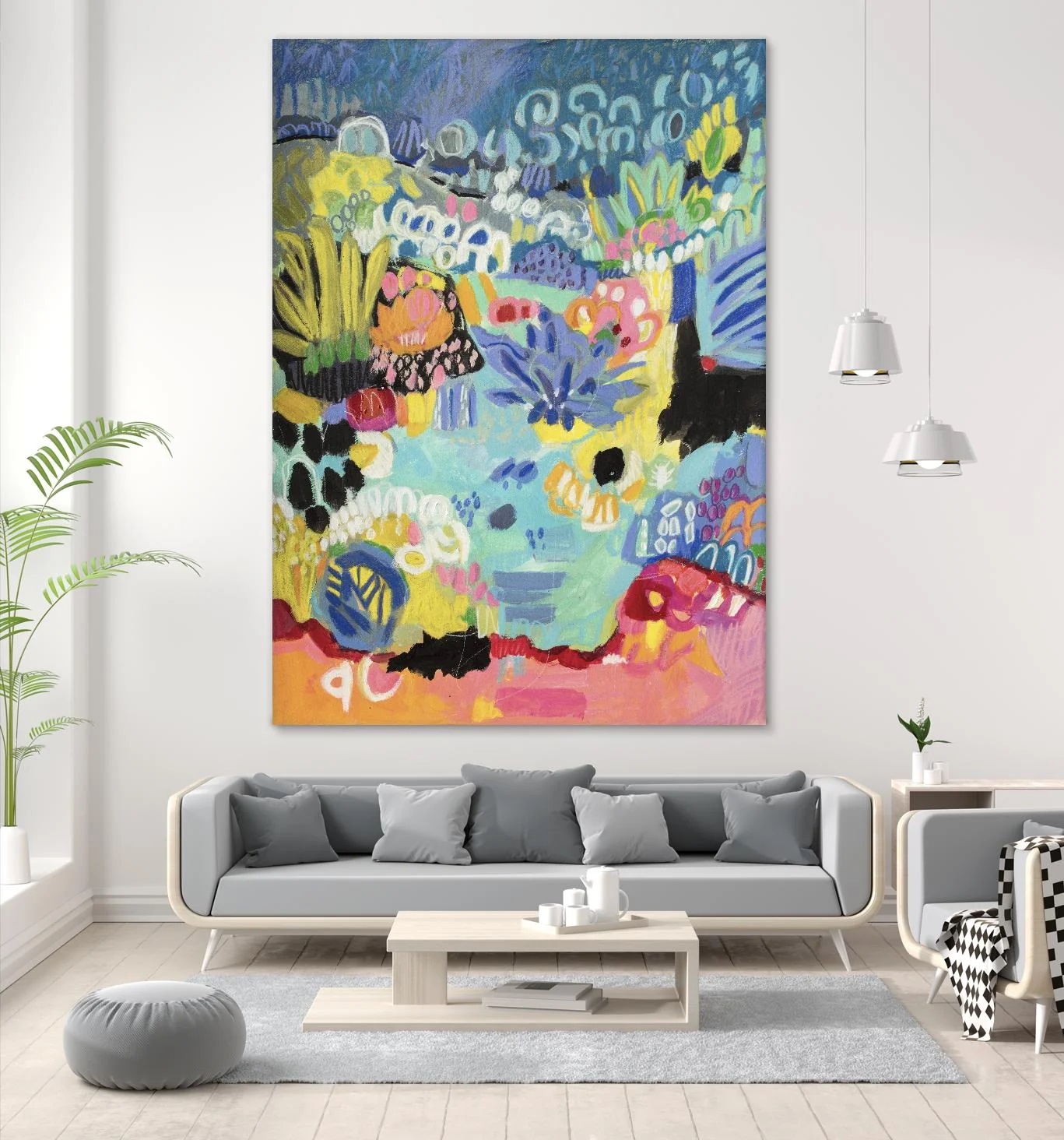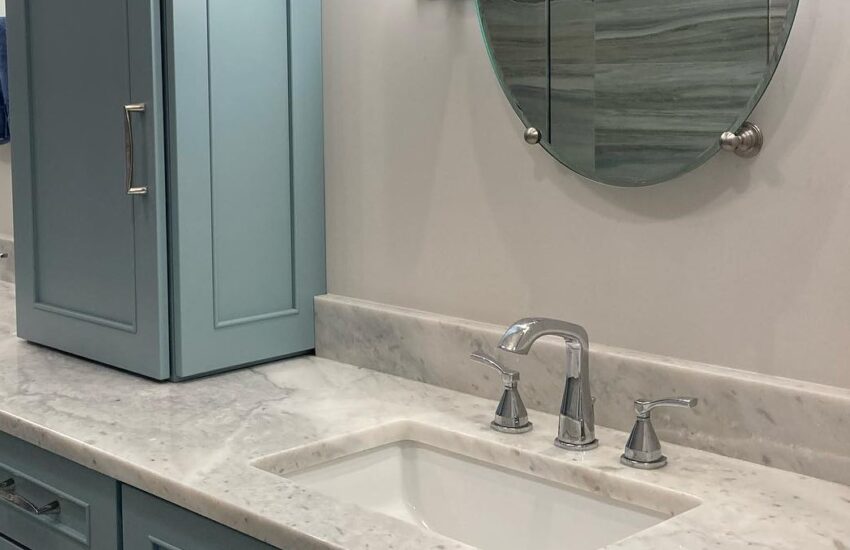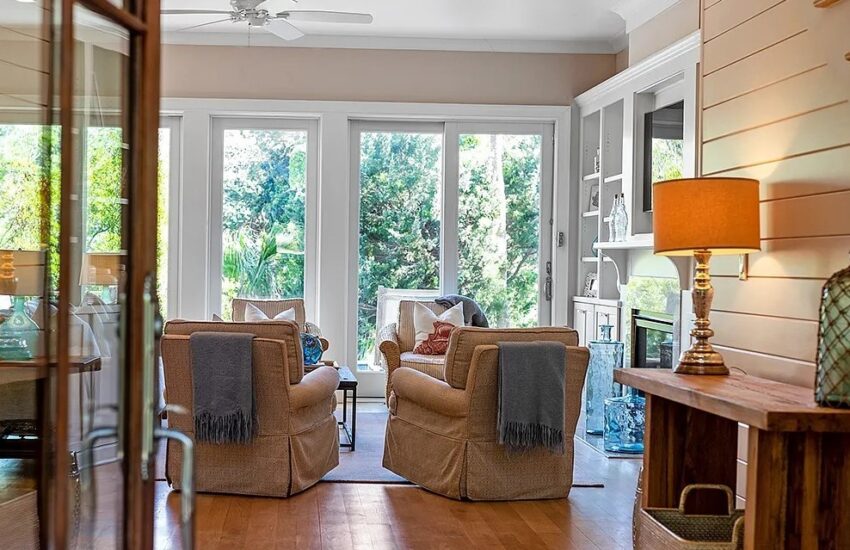Design Anxiety? 8 Steps to Creating a Plan You Can Stick To
Anxiety is a common feeling when it comes to making design decisions for your home. However, there are several strategies you can employ to combat your angst and create a plan that you can stick to. Here are 8 tips:
Your Style Start by defining your personal style and preferences. Explore various design styles by collecting inspiration from magazines and websites. Creating a mood board, Houzz, or Pinterest board will allow you to have a clear understanding of your tastes. This board will provide a foundation for your design plan and help to alleviate anxiety.
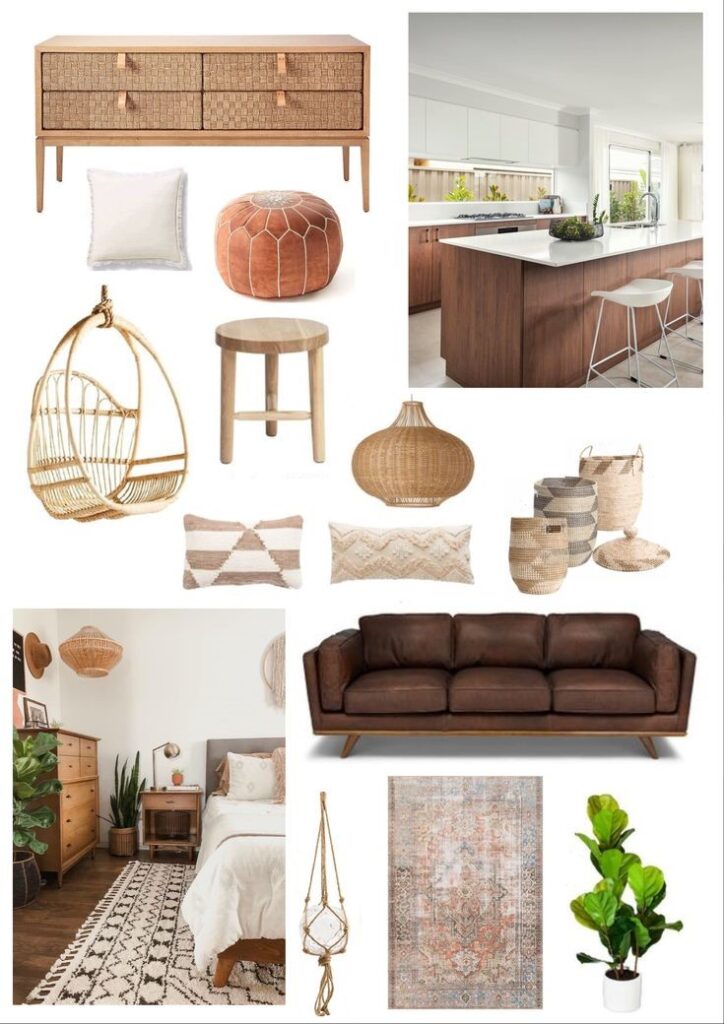
Realistic Goals Establish reasonable goals for your design project. Consider your budget, time frame, and the scope of the changes you want to make. Break down the project into smaller, manageable tasks and set achievable milestones. By setting realistic goals, you reduce the pressure and overwhelm associated with the project.
Educate Yourself Research different design elements, materials, and techniques. Educating yourself about various options will boost your confidence in making decisions. Understand the pros and cons of different choices, and consider factors such as durability, maintenance, and cost. The more informed you are, the easier it becomes to make decisions you feel confident about.
Focal Point Begin your design plan by selecting a focal point for each space. It could be a standout piece of furniture, bold artwork, or a statement rug. Having a focal point allows you can craft the rest of the room’s design around it. This approach will narrow down the options, making decision-making less overwhelming.

Color Palette Choose a color palette that works harmoniously throughout your space. Selecting a cohesive color scheme simplifies the decision-making process when it comes to paint colors, furniture, and accessories. Stick to a few main colors and consider variations in shades and tones to add depth. Having a consistent color palette brings a sense of unity to your design plan.
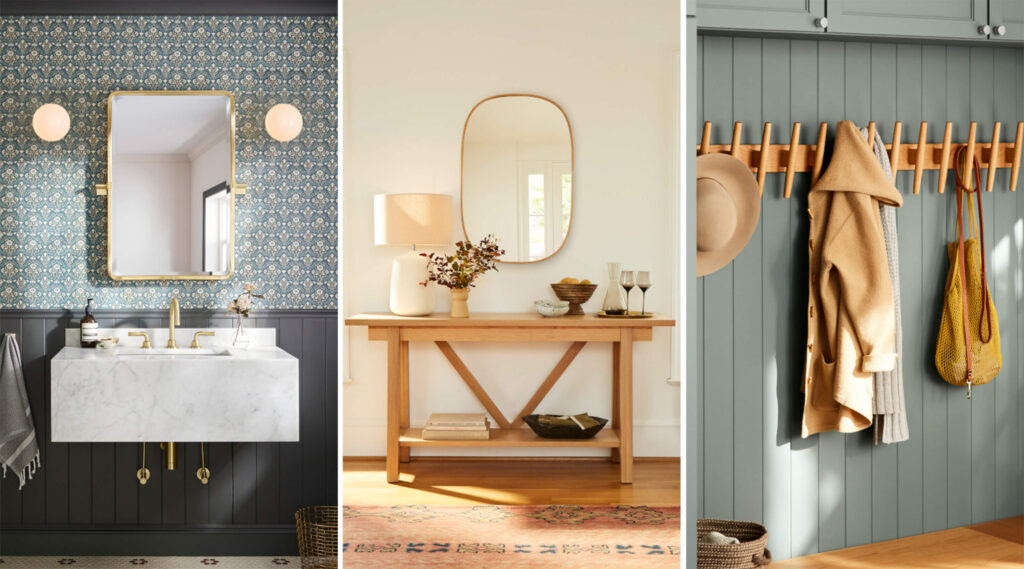
One Space Rather than tackling the entire house at once, focus on one room or area at a time. Break the project down into manageable chunks and concentrate on completing one space before moving on to the next. This approach allows you to give proper attention to each room and reduces the feeling of being overwhelmed.
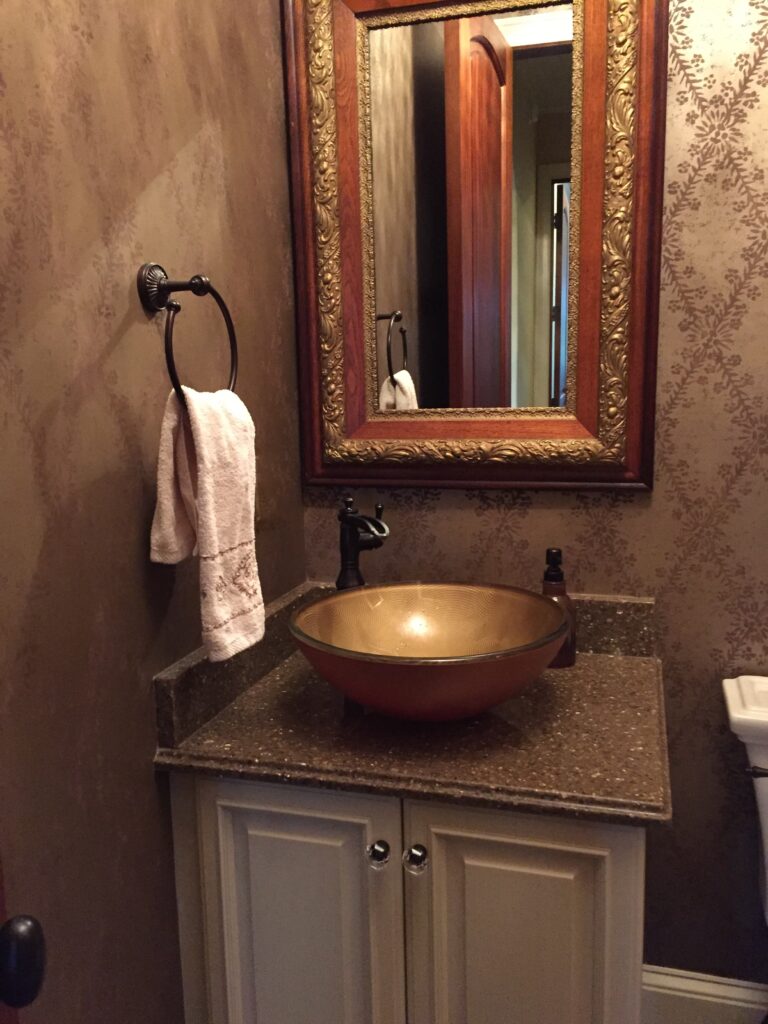
Trust Yourself Follow your instincts when making design decisions. Remember that it’s your home, and ultimately, you should be happy and comfortable with the choices you make. If you feel unsure or overwhelmed, seek limited validation from a trusted friend, family member, or design professional. Having a second opinion or expert advice can provide the reassurance you need.
Evolve Understand that design decisions are not permanent and can be changed over time. Give yourself permission to evolve and make adjustments as you live with your design choices. Embrace the idea that your home’s design is flexible and what worked ten years ago may not fit your current lifestyle and tastes.
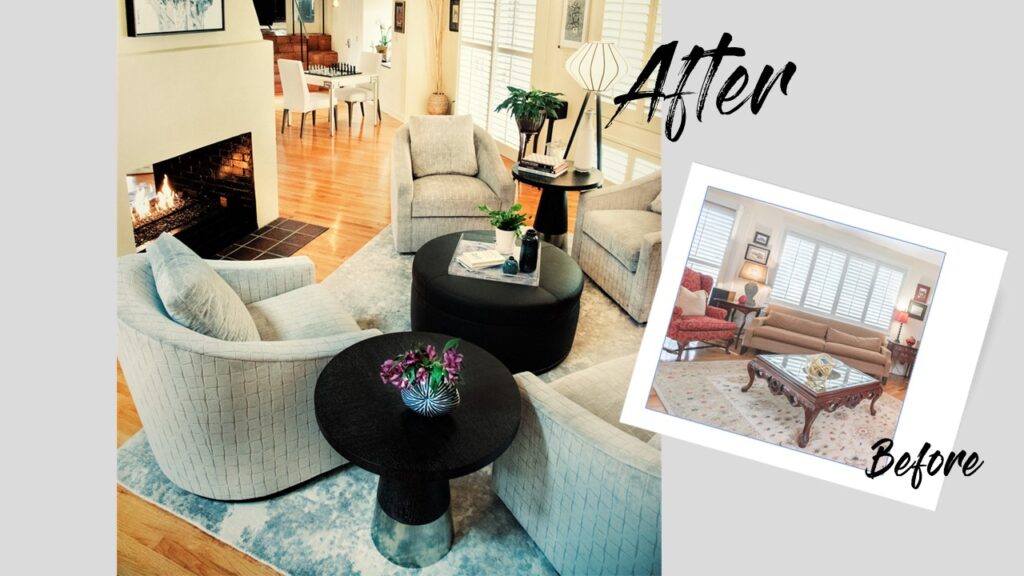
Mr. H says: We shape our home and then our home shapes up-Enjoy!

